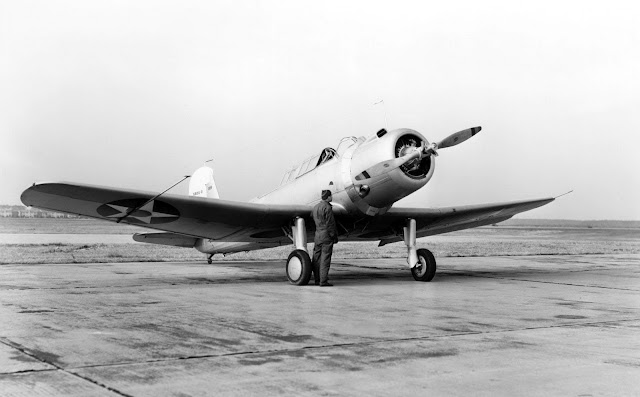Image size: 1600 x 958 pixel. 445 KB
Date: Monday, 11 March 1940
Place: Jadebusen, Off Wilhelmshaven, Germany
Photographer: Unknown
The sinking of the Type VII A boat U-31 by a British Bristol Blenheim bomber off Wilhelmshaven on 11 March 1940. This photo taken from the No.82 Squadron Blenheim as it flew over the submarine. It shows U-31 immediately before the impact of the bombs. All 58 of her crew were lost including the captain, Kapitänleutnant Johannes Habekost (born 3 February 1907). She was raised in March 1940, repaired and returned to service. Sunk again on November 2, 1940 NW of Ireland by depth charges from the British destroyer HMS Antelope. 2 dead and 44 survivors. Previously this boat, under the command of Kptlt. Johannes Habekost, making history after she attacked the first convoy in the war on 16 September 1939 and sank the British steamer Aviemore, part of convoy OB-4. Unlike many other U-boats, which during their service lost men due to accidents and various other causes, U-31 did not suffer any casualties until the time of her loss
Source:
Walter Storbeck photo collection
"U-Boot im Focus" magazine, edition No.2 - 2007, page 2










+Nr.332.jpg)











+Hetzer+of+Heeresgruppe+Sudukraine.jpg)













